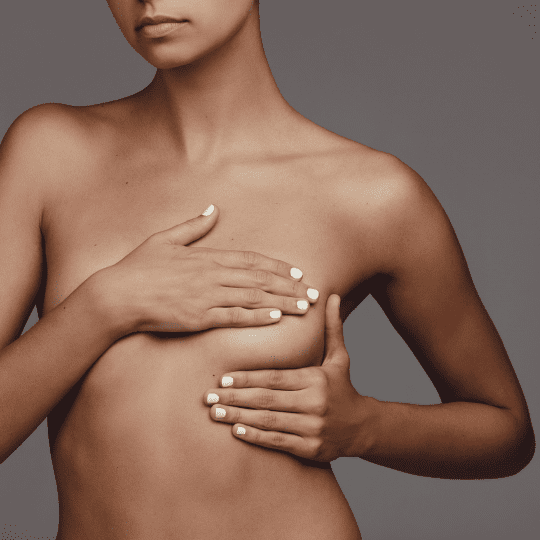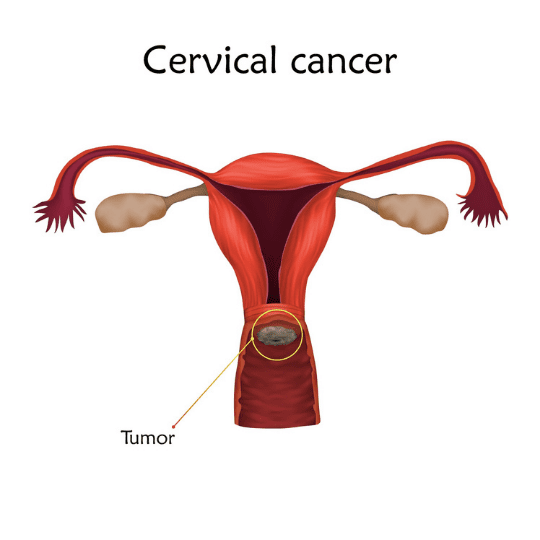Women’s health as you age, takes longer for the common cold to go away. When you break a bone or sprain an ankle, it won’t heal as quickly as it did in junior high.
Health officials are constantly looking for ways to maintain women’s health as they age. Ultimately your genetic make up determines your healthy future.
Read through the most frequent health issues all women should know about.
Breast Cancer

Signs of breast cancer are a lump in the breast and bloody discharge from the nipple. Other signs to look out for are formation and texture of the nipple or breast.
Breast cancer forms in cells of milk producing ducts. Doctors have found that breast cancer is formed through genetic makeup and your environment. It has been estimated that 5 to 10 people with breast cancer are linked to the disease through genetics passing it down.
Prevention
- See a doctor about a breast cancer screening. Speak with your doctor to find out when to begin breast screening exams and test such as mammograms and clinical breast exams.
- Be familiar with your breast. Pay attention to your breast. When you inspect your breast often, you’ll notice abnormalities sooner.
- Cut down drinking alcohol. If you can cut it all out that would be best and healthier. If you decide to drink have no more than one a day.
- Aim to exercise 30 mins a week. If you aren’t sure what exercises to do YouTube has a list of 30 min workouts to help you get started.
- Stay at a healthy weight. Do this by eating healthy and staying away from fatty high cholesterol foods. Reduce the number of calories and increase your amount of exercise.
Heart disease

Heart disease is the leading cause of death among women. Killing 299,578 women in 2017, that’s about 1 in every 5 female deaths. In the United States heart disease is the leading cause of death in African American women and white women. Heart conditions within this disease include coronary artery disease and heart attack.
Signs of heart disease include pain in the neck, jaw, or throat, upper abdomen or back, including chest pain as the number one indicator. Some with heart disease have experience nausea, vomiting and fatigue while laying down.
Heart disease is known to be a silent killer and often isn’t diagnosed until you’ve had other symptoms such as a heart attack, arrhythmia, and heart failure.
Prevention
- Have knowledge of your blood pressure. When you don’t monitor your blood pressure, you are unaware how high or low it is. Symptoms of blood pressure can’t be identified, checking your blood pressure regularly is best.
- Discuss with your health care provider whether you should test for diabetes. Uncontrolled diabetes raises risk of heart disease.
- Stop smoking. If you don’t smoke, don’t start and if you do learn ways to quit.
- Check your cholesterol regularly. Stay on top of your cholesterol and triglycerides with your care provider.
- Eat healthy regularly. Obesity or being overweight will raise your risk of heart disease tremendously.
- Limit your alcohol intake. Limit your intake to one drink a day.
- Monitor your stress levels. Learn healthy ways to deal with stress such as reading, writing, or learning a new skill.
Cervical Cancer

A malignant tumor found in the cervix at the lowermost part of the uterus. Signs of cervical cancer are minimal. They include pain in the pelvis, abnormal menstrual cycle, vaginal bleeding, and discharge. Fatigue, nausea, and weight loss are also symptoms of cervical cancer.
Cervical Cancer is caused by HPV affecting 79 million in the United States alone. HPV can be detected in 93% of all cervical cancers.
Prevention
- Practicing safe sex will help eliminate chances of contracting cervical cancer.
- Follow up with an irregular Pap smear. Women should begin screening at age 21. For women between the ages of 21 to 29 whose Pap smears are normal only need checkups every three years. If over 30 you should inquire about testing for HPV with your Pap smear checkups.
- Quit smoking
- Get the HPV vaccination. Women starting at age 11 can begin receiving the vaccination if showing no signs of cervical cancer up until age 26.
Mental health

Your state of well-being affects your physical women’s health significantly. Having a healthy mindset promotes a healthier life. But for many women, monitoring our mental can be hard. Your mental health includes your emotional, psychological, and social well-being.
Symptoms of poor mental health include feeling noticeably down or sad, excessive fears or worry, withdraw from friends, and activities, along with increased tiredness and low energy.
Prevention
- Be vocal about your feelings. Find someone you trust and talk with them about your concerns and worries. Ask for help.
- Staying active will help boost your well-being.
- Eating well helps women’s health to be well balanced and filled with nutrients.
- Drink responsibly to help you cope with your feelings of isolation and reduce mood swings. Drinking is not a healthy way to deal with stress it only makes matters worse.
- Take up a hobby and do activities that make you smile and worry less.
- Help is always available and can be reached here.
Obesity

Obesity is a common issue worldwide affecting millions. It involves large amounts of body fat that causes significant health risks to women. Taking in more calories than burned with exercise and daily activities increase obesity.
Symptoms of obesity include, back and joint pains, fatigue, depression, shortness of breath, excessive sweating, and difficulty sleeping.
Prevention
- Dieting and healthy eating is a sure way to lower your risk of obesity.
- Exercise regularly to maintain a healthy body weight.
Final Thoughts
Your genetic makeup plays a huge factor in your daily living. What you eat and when you exercise can help prevent and prolong many serious diseases as mentioned above. Take care of your body and monitor what you consume. Embrace being positive and happy no matter what. Mental health plays a huge role in women’s health. To learn more about healthy living read here.






